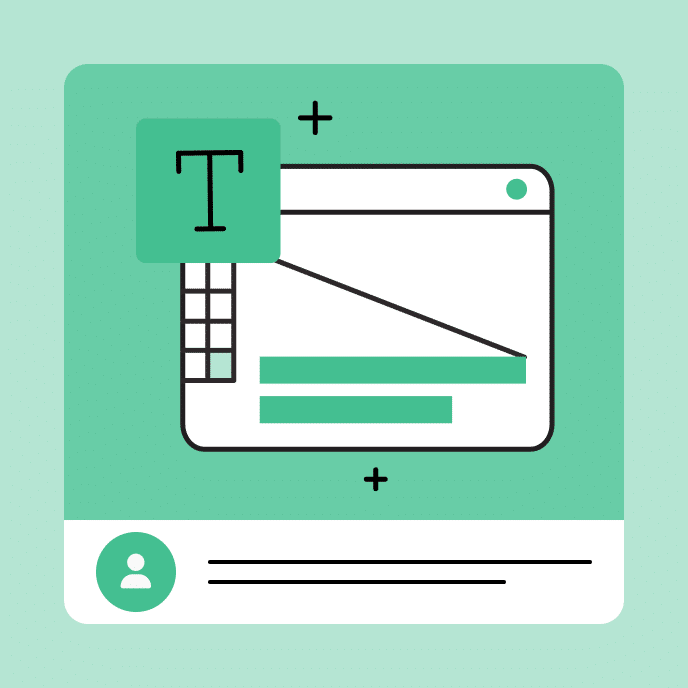7 Secrets to Managing Client Expectations
Learn how to balance client satisfaction and instructional design quality in e-learning projects. Discover seven strategies to manage expectations and deliver excellence.

How to create great e-learning courses and keep clients happy
Creating effective e-learning courses requires more than just technical skills and design expertise. It also demands the ability to manage client expectations and navigate the sometimes tricky waters of customer relationships. Let’s explore practical strategies to help e-learning designers balance client satisfaction with instructional quality.
Balancing customer satisfaction and quality in e-learning design
Working with customers in e-learning development is a delicate balance. Customers commission the courses, pay the bills, and have the final say on their projects. While it’s crucial to listen to their wants, a demanding customer can sometimes negatively impact the course by making requests that don’t align with sound instructional design principles.
The importance of asserting expertise
Early in my career, I worked on a project sponsored by a society of certified public accountants. Their goal was to attract young people to accounting paraprofessional careers. We created several innovative design treatments, but the client rejected them all for being “too out of the box.” We ended up building the project exactly as the customer wanted, resulting in a subpar product that even the customer found “flat and boring.”
This experience taught me a valuable lesson: spending too much time catering to the client without asserting our expertise can lead to poor results. The challenge lies in balancing client satisfaction with creating a high-quality e-learning course.
Seven strategies for managing customer expectations
- Commit to excellence: make a personal commitment to delivering quality work. Always strive to give people more than they expect.
- Leverage your expertise: act confidently as the e-learning expert. Be prepared to explain your ideas and why they will work for the course.
- Listen actively: focus on understanding the customer’s needs and asking insightful questions. The more you get customers to talk, the more they’ll trust your expertise.
- Establish clear milestones and timelines: set clear objectives and expectations to keep the project on track and prevent scope creep.
- Be proactive: earn the customer’s attention by being prepared, punctual, and taking initiative. Don’t wait for the customer to drive the project forward.
- Offer limited choices: present three treatment options: a straightforward linear course, one focused on content sharing with some interactivity, and a more immersive, real-world environment.
- Use the “fuzzy thumb” technique: strategically include a minor, obvious error in your drafts. This allows customers to provide feedback on something inconsequential, potentially diverting attention from unnecessary changes to core elements.
Key takeaways for successful e-learning project management
Managing customer expectations in e-learning projects is crucial for delivering high-quality courses that meet both client needs and instructional design standards. By applying these strategies, you can maintain a good relationship with your clients while ensuring the development of high-quality e-learning courses. Remember, the goal is to balance customer satisfaction with your professional expertise to create effective learning experiences.
You may also like

Translation vs. Localization: What’s the Difference?
Compare the difference between translation vs. localization and find out how to choose the best approach for your global workforce training needs.

